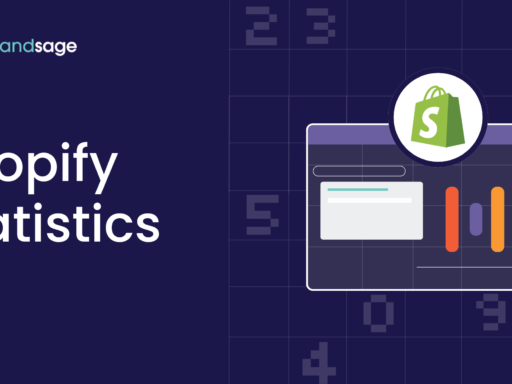Summary:
– Americans spent $5.9T in stores and $1.3T online in 2024, Capital One Shopping reports.
– Oklahoma ranks 10th-lowest in per capita online spending at $2,897.
– 63% of OK shopkeepers now cite e-commerce as a top concern.
American consumers are five times more likely to shop in stores than online, according to the latest research from Capital One Shopping. Shoppers spent $5.9 trillion in retail stores and $1.3 trillion online in 2024.
However, U.S. brick-and-mortar sales growth lagged behind online sales growth by 86%. The e-commerce share of total retail sales dollars has increased at an average annual rate of 7.42% since 1995, according to the research.
The monthly record for online purchases was 21.2% of retail sales dollars in December 2024. In the first two months of 2025, consumers spent a monthly average of $555.5 billion on retail with nearly 19% of it from e-commerce.
B2B logistics company GoBolt analyzed the Capital One Shopping data to reveal online shopping habits across the states.
It found the national average spending per capita on e-commerce is $3,639. North Carolina residents spend the least with just $2,232 per capita annually, 39% below the national average, while Hawaii residents spend the most online at $24,425 per capita.
“The data suggests that states with more rural populations often show higher online spending per person. This makes sense as these residents might have fewer local retailers available, so they turn to online shopping for greater selection and convenience,” GoBolt CEO Mark Ang stated.
Oklahoma bucks that trend with residents spending $2,897 per capita on e-commerce annually, the 10th-lowest amount in America.
The threat of online competition is a growing concern for independent store owners in Oklahoma, according to the 2024 State of Retail report from the Independent Shopkeepers Association. ISA collected data from 80 shop owners with a brick-and-mortar store in Oklahoma.
The report revealed 62.7% of respondents listed e-commerce as a primary concern, a huge increase from 25% two years earlier.
“Shops in metro areas saw the threat of online retailers as their top concern, ranking it higher than inflation,” the report states. “Local shops continue to struggle to find ways to compete with new shipping speed and cost standards set by e-commerce giants.”
One bright note the ISA report mentioned is a post-pandemic shift in consumer behavior that favors small brick-and-mortar stores:
“Consumers are now prioritizing businesses that align with their values, offering authenticity, local connection and sustainability. This has proven to be an advantage for small businesses, which have long been built on the foundations of community, personalized service and unique, curated offerings.”
Capital One Shopping research shows 45% of consumers primarily shop in brick-and-mortar stores and 72% shop in stores on a weekly basis.
Other findings include:
Nearly 81% of retail sales are expected to occur in brick-and-mortar stores in 2025.
A net 7,362 new retail establishments opened in 2024, down 45.2% from 2023 net openings.
Consumers are most likely to purchase personal electronics and apparel online and prefer to use ship-to-home for most online purchase fulfillments.
The majority of those who prefer to shop online instead of in-store report doing so for the sake of convenience and to save time.
Consumers who prefer to shop in-store report it gives them a more enjoyable experience and easier product comparisons.







